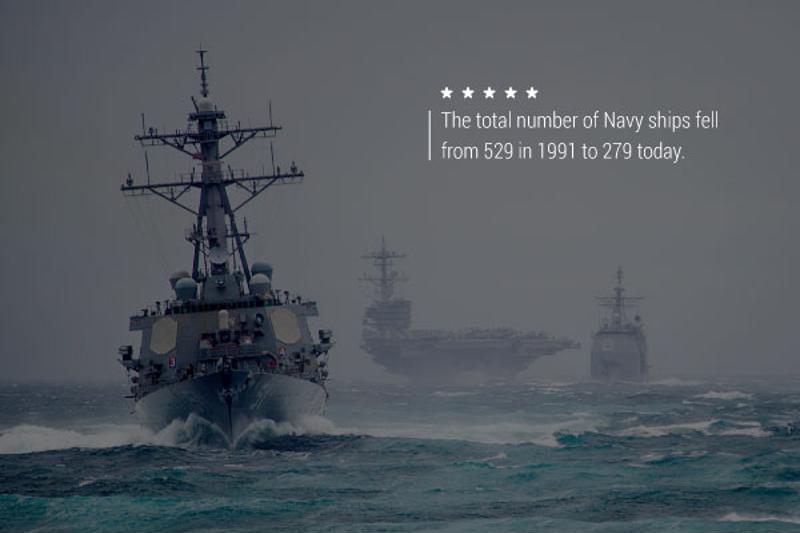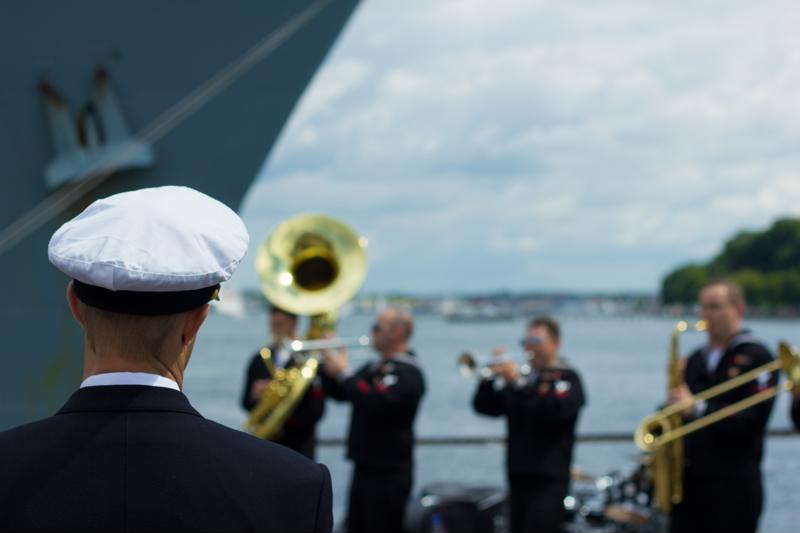This past year, a series of Navy-related disasters prompted much deliberation over the processes and inefficiencies within the military branch. As CNN summarized at the end of November, six such incidents occurred during the span of 2017. The two most major resulted in the deaths of numerous sailors.
To recap, the USS Fitzgerald collided with a Philippine container ship in the early morning of June 17, 2017, just off the coast of Yokosuka, Japan. The damage was extensive; according to the Navy Times, the Philippine vessel was more than four times the size of the Fitzgerald. The latter ship was penetrated below the waterline, flooding two crew sleeping spaces, a radio room and a machinery space. In addition, the captain's cabin was crushed. Seven crew members died from the flooding, and the commanding officer and two sailors were injured.
A few months later, on the morning of August 21, the USS John McCain crashed into a Liberian oil tanker off the coast of Singapore. Again, machinery, communications and crew sleeping rooms were flooded. Though the ship was able to sail to the Changi Naval Base in Singapore, 10 U.S. sailors were killed during the incident.
As a result of these incidents, as well as the others that only caused damage but no loss of life, Navy Secretary Richard V. Spencer launched a Strategic Readiness Review. Completed under the supervision of retired Admiral Gary Roughed and utilizing the consulting services of over a dozen companies and organizations, the resulting report pointed to a significant decline in Navy readiness and capability since the end of the Cold War.
Part of this decline, the report noted, was due do diminishing quantities of ships and servicemembers. The total number of Navy ships fell from 529 in 1991 to 316 in 2001; it currently sits at 279. However, the same 100 ships have been continuously deployed throughout the decades, placing a strain on the military branch.
"Within the fleet, often the only option to meet those growing demands has been short-term trade-offs in training, manning and maintenance," Spencer said to reporters, according to Military.com.
In short, as Navy resources were depleted, servicemembers began lowering their standards and accepting errors and near-misses. This casual mindset led to the numerous crashes and collisions seen last year.
This review isn't the first to point to such problems within the Navy. According to a separate article from Military.com, a similar report from the Government Accountability Office discovered nearly 40 percent of the necessary certifications for Navy ships based in Japan were expired. Furthermore, smaller crew sizes increased the workloads of the sailors who remained, sometimes forcing them to work more than 100 hours per week.

Improving Navy protocol
Overall, the Strategic Readiness Review recommended 23 actionable ways to improve the Navy and reduce future collisions and servicemember deaths. Among the suggestions were better training and restructured career paths that would provide sailors with more practical experience. In this way, they would be better at spotting and averting potential disasters before they occur.
The theme of better training for servicemembers appeared time and again throughout the prior year as reports of the various crashes emerged in the news. As CNN noted, the crew of the Fitzgerald failed to recognize the warning signs of an impending crash until it was far too late. Similarly, as Ars Technica detailed, insufficient training and confusion over the user interface of the McCain's navigation system led to the collision with the Liberian tanker.
Hopefully, the results of the Strategic Readiness Review will compel the Navy to fix the indicated issues and improve the safety of its sailors.

